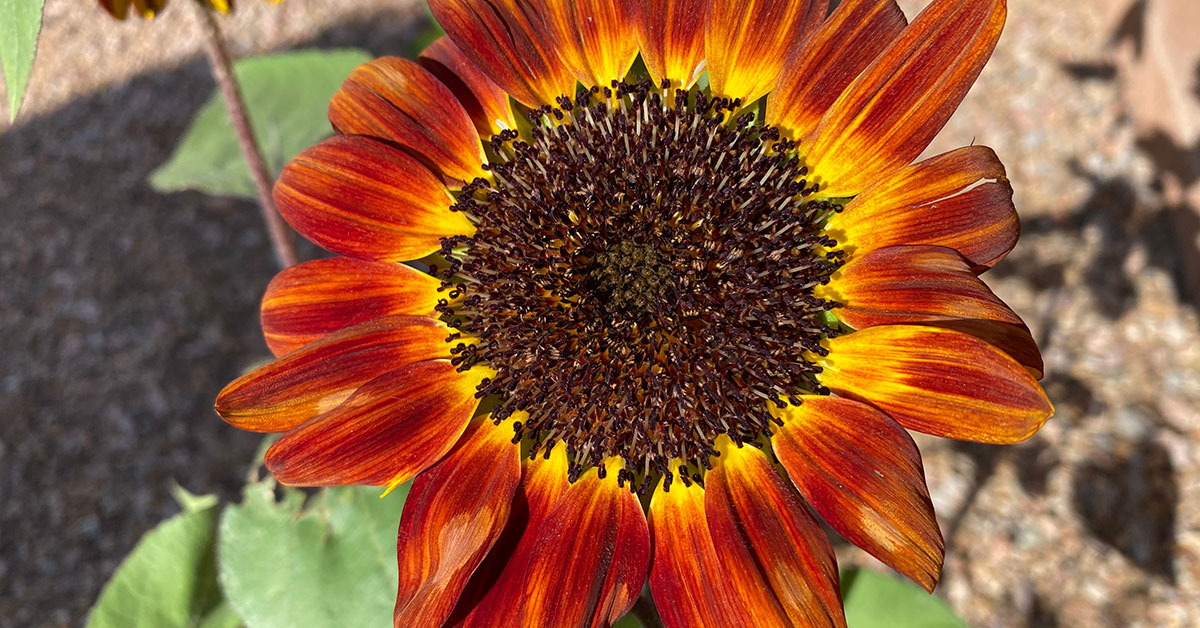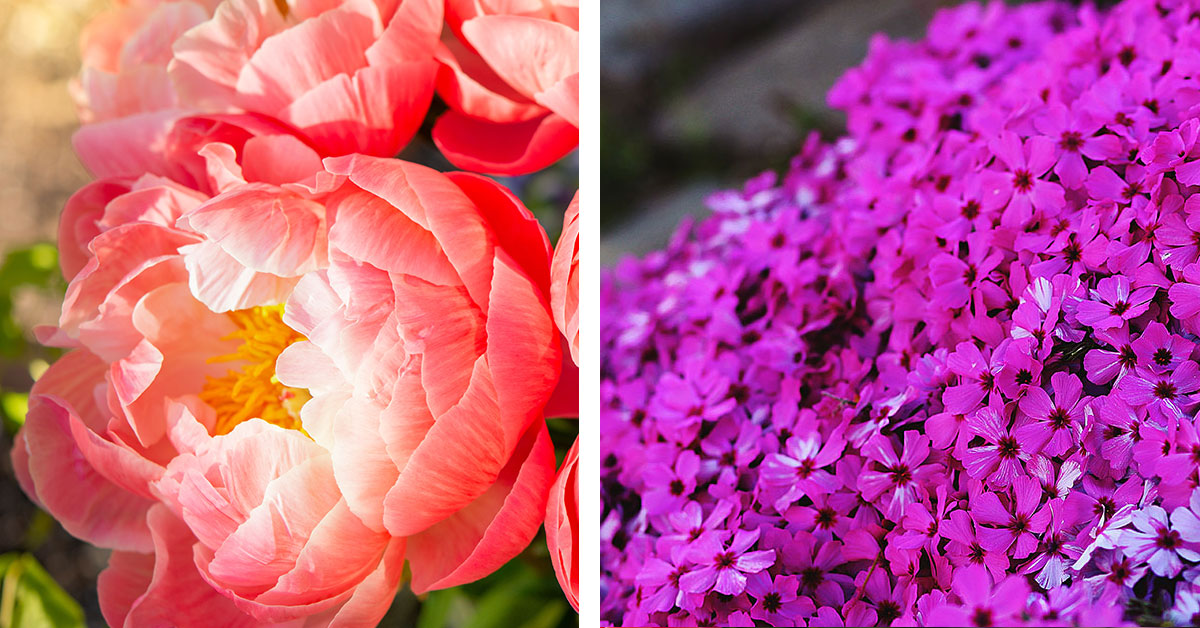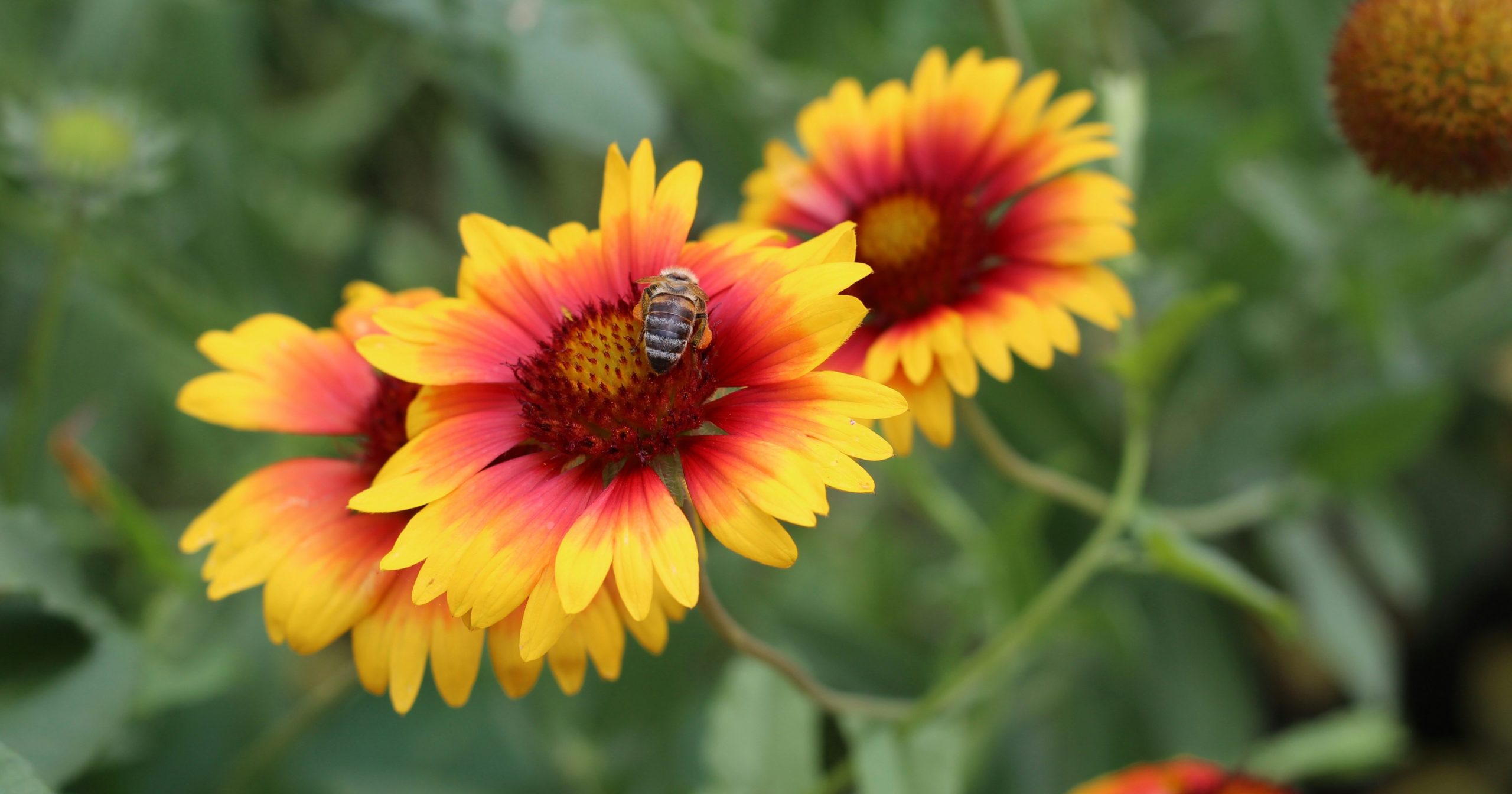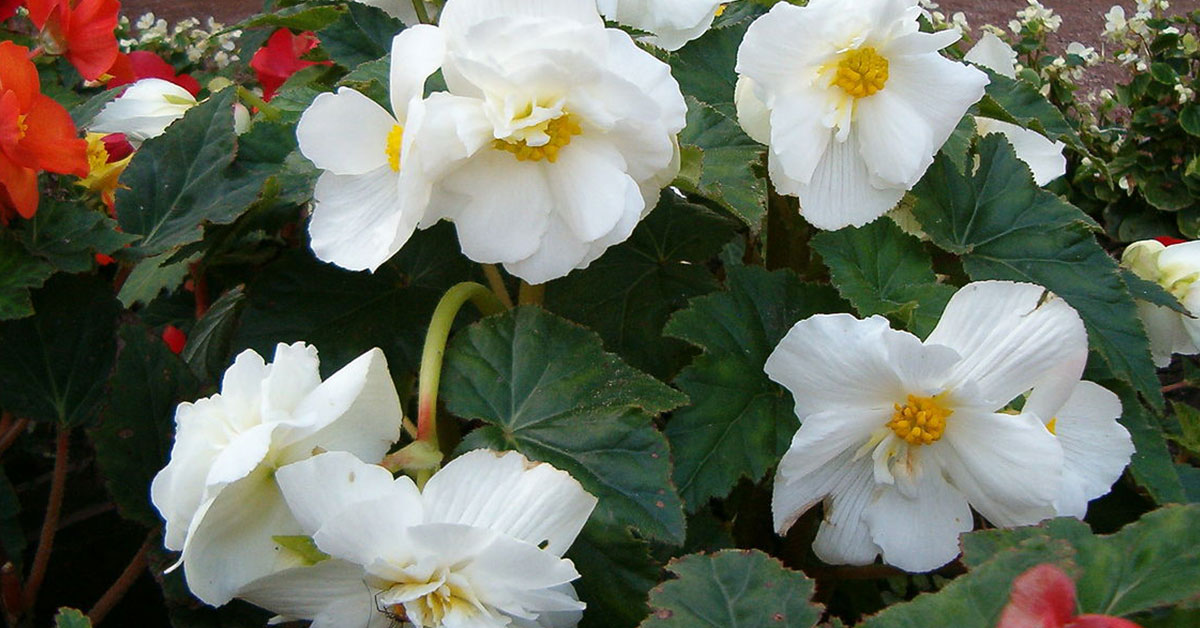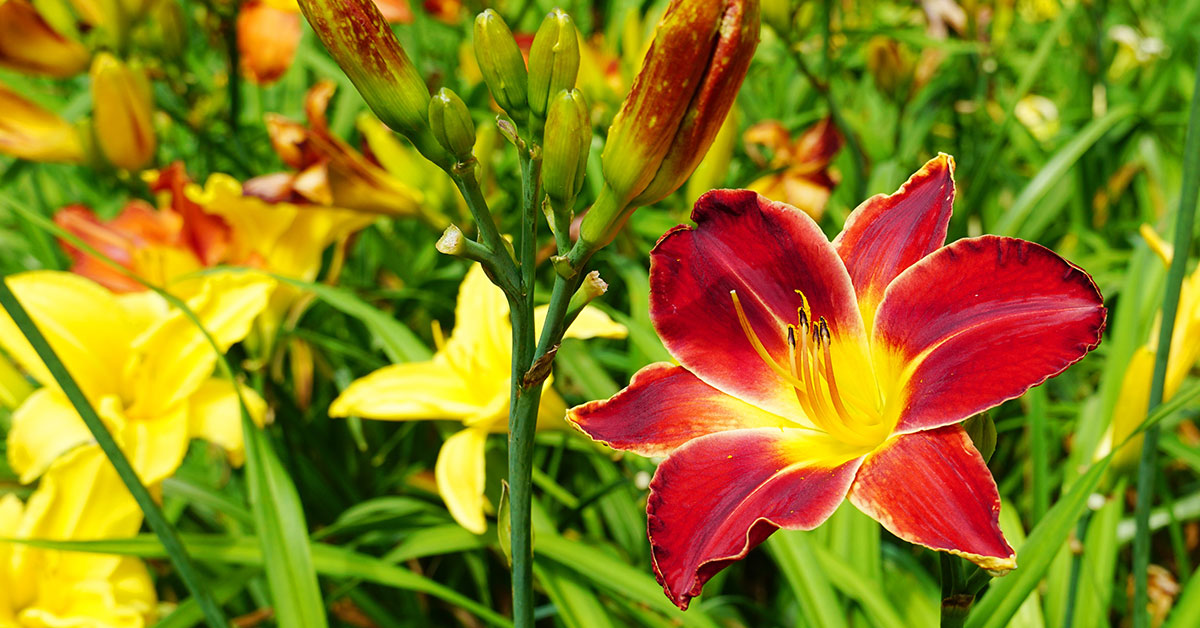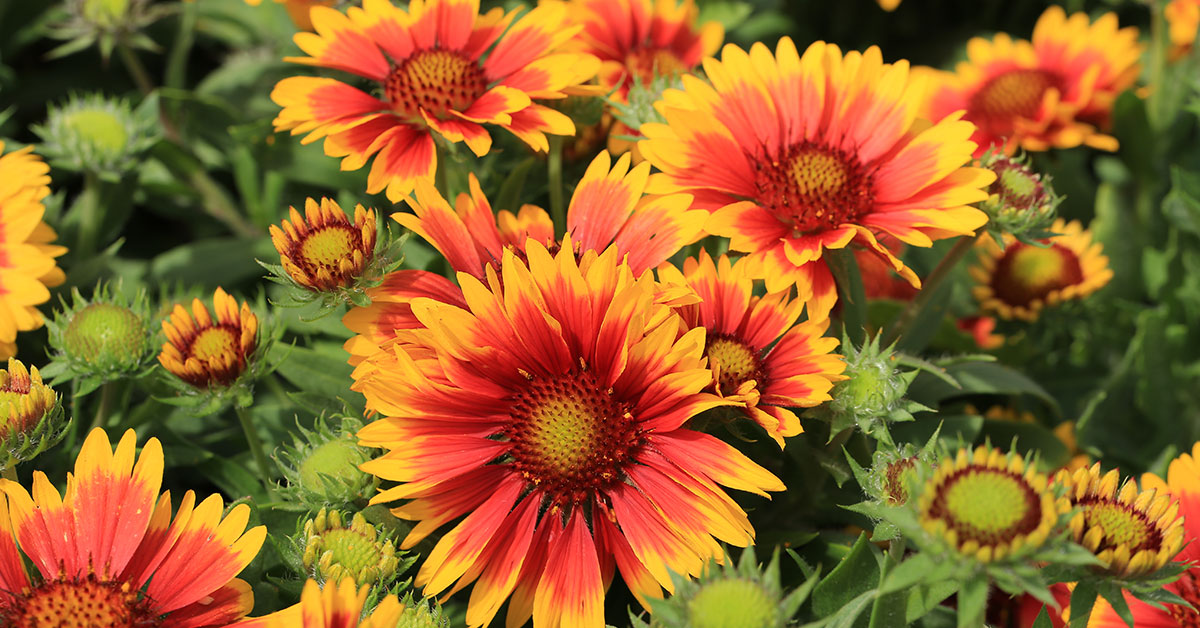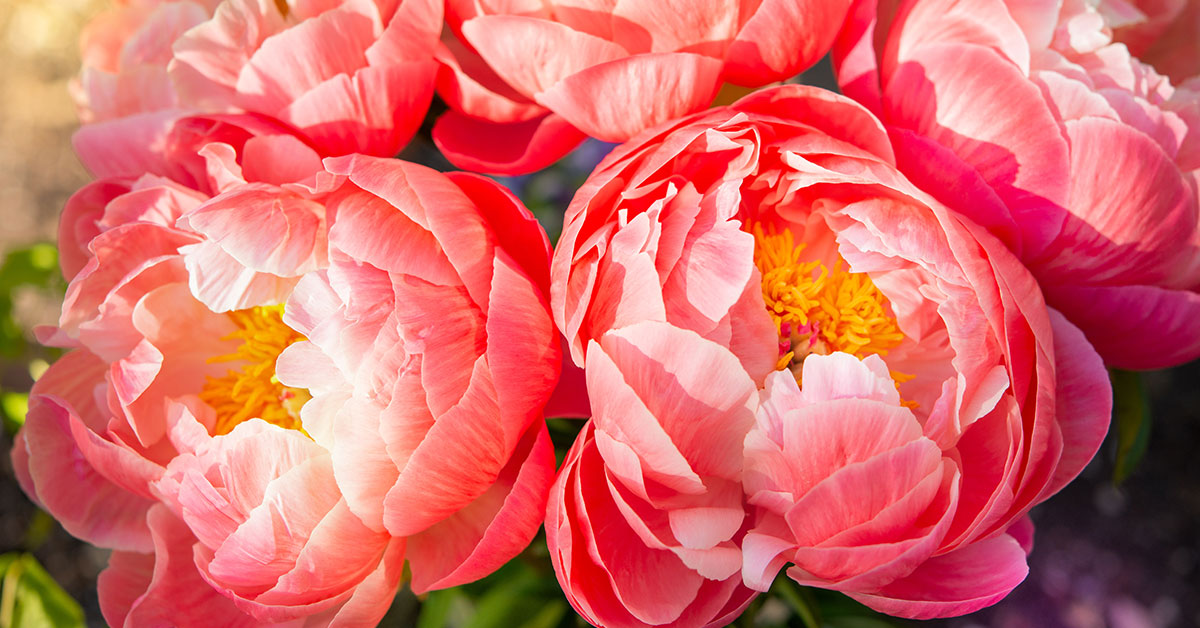As the warm days of summer gradually transition into the enchanting hues of autumn, there is a sunflower variety that perfectly embodies the spirit of this magical season—the Autumn Beauty Sunflower (Helianthus annuus ‘Autumn Beauty’). With its captivating blend of vibrant colors reminiscent of falling leaves, these sunflowers bring a touch of seasonal splendor to any garden or landscape.
In this comprehensive guide, we delve into the art of growing Autumn Beauty Sunflowers, revealing the secrets to cultivating these stunning blooms and infusing your outdoor spaces with their breathtaking beauty. From selecting the ideal location to harvesting magnificent flower heads, we will provide you with the knowledge and tips needed to embark on a successful gardening journey.
What is an Autumn Beauty Sunflower?
The Autumn Beauty Sunflower (Helianthus annuus ‘Autumn Beauty’) is a captivating and versatile variety of sunflower known for its stunning array of colors. It is aptly named for the vibrant and diverse hues that resemble the warm tones of autumn foliage.
The flower heads of Autumn Beauty Sunflowers can reach sizes ranging from 4 to 6 inches (10 to 15 centimeters) in diameter. What sets them apart is the color variation within a single plant or even a single flower head. The petals can showcase shades of yellow, bronze, mahogany, burgundy, and even deep red. This mix of warm, earthy tones creates a visually striking and captivating display.
Autumn Beauty Sunflowers are typically tall and robust, growing to heights of 5 to 7 feet (1.5 to 2 meters) or even taller in ideal conditions. They have sturdy stalks and broad leaves, adding a lush presence to garden landscapes.
These sunflowers are not only admired for their ornamental value but also for their value as a food source for birds and pollinators. Their nectar-rich blooms attract bees, butterflies, and other beneficial insects to the garden, promoting biodiversity and providing a feast for these creatures.
Whether used in flower arrangements, as a focal point in garden beds, or for attracting wildlife, Autumn Beauty Sunflowers offer a delightful and dynamic presence. Their diverse colors and impressive height make them an excellent choie for bringing a touch of autumnal beauty to your outdoor space.
How tall do Autumn Beauty Sunflowers get?
Autumn Beauty Sunflowers (Helianthus annuus ‘Autumn Beauty’) are known for their impressive height, adding a striking presence to garden landscapes. On average, these sunflowers can reach heights ranging from 5 to 7 feet (1.5 to 2 meters), or even taller in some cases.
The specific height of Autumn Beauty Sunflowers can vary depending on various factors such as growing conditions, climate, soil fertility, and the specific genetic traits of the individual plants. Adequate sunlight, well-draining soil, and regular watering contribute to the healthy growth and development of these sunflowers, allowing them to reach their full potential.
By nurturing and caring for Autumn Beauty Sunflowers with the right conditions, you can witness their remarkable height and enjoy the splendor they bring to your garden.
What does an Autumn Beauty Sunflower look like?
An Autumn Beauty Sunflower (Helianthus annuus ‘Autumn Beauty’) is a visually captivating sunflower variety known for its stunning and diverse range of colors. Here’s a description of what an Autumn Beauty Sunflower looks like:
- Size and Height: Autumn Beauty Sunflowers typically grow to a height of 5 to 7 feet (1.5 to 2 meters) or even taller, depending on growing conditions. They have a robust and sturdy stem that supports their impressive height.
- Flower Head: The flower head of an Autumn Beauty Sunflower is large, typically measuring around 4 to 6 inches (10 to 15 centimeters) in diameter. What makes this variety unique is the color variation within a single plant or even within a single flower head. The petals can exhibit a mix of warm, earthy tones, including shades of yellow, bronze, mahogany, burgundy, and deep red. Each flower head can have a different combination of colors, adding a captivating and dynamic element to the plant.
- Petal Shape and Texture: The petals of Autumn Beauty Sunflowers are typically broad, slightly elongated, and daisy-like in appearance. They have a velvety texture and can vary in size and shape within a single flower head, contributing to the overall charm and diversity of the bloom.
- Foliage: Autumn Beauty Sunflowers have broad, lance-shaped leaves that are green and slightly rough to the touch. The leaves provide an attractive backdrop to the vibrant and colorful flower heads.
With their striking color variations and impressive stature, Autumn Beauty Sunflowers add a vibrant and eye-catching presence to gardens, floral arrangements, or any landscape. These sunflowers embody the beauty and warmth of the autumn season, making them a popular choice for those seeking to create a visually stunning display or attract pollinators to their outdoor spaces.
How to grow Autumn Beauty Sunflowers
To grow Autumn Beauty Sunflowers (Helianthus annuus ‘Autumn Beauty’) and enjoy their vibrant display of colors, follow these steps:
- Select a Suitable Location: Choose a sunny spot in your garden that receives at least 6-8 hours of direct sunlight per day. Sunflowers thrive in full sun.
- Prepare the Soil: Sunflowers prefer well-draining soil with a pH between 6.0 and 7.5. Before planting, loosen the soil and remove any weeds or debris. Add organic matter like compost or well-rotted manure to improve soil fertility and drainage.
- Sow the Seeds: Directly sow the Autumn Beauty Sunflower seeds into the prepared soil after the danger of frost has passed and the soil has warmed up. Plant the seeds about 1 inch (2.5 centimeters) deep and 6-12 inches (15-30 centimeters) apart, depending on the desired spacing and mature plant size.
- Watering: Keep the soil consistently moist but not waterlogged during the germination and early growth stages. Once established, sunflowers are relatively drought-tolerant, but watering during dry periods can help promote healthier plants and larger blooms.
- Provide Support: As Autumn Beauty Sunflowers can grow tall and their large flower heads can become heavy, it’s recommended to provide support to prevent them from toppling over in strong winds. Staking individual plants or using a trellis can help keep them upright.
- Mulching and Weed Control: Apply a layer of organic mulch around the base of the plants to help retain soil moisture and suppress weed growth. Mulching also helps regulate soil temperature.
- Fertilization: Sunflowers are generally not heavy feeders, but you can apply a balanced fertilizer or compost during the early stages of growth to provide additional nutrients. Follow the recommended dosage instructions on the fertilizer packaging.
- Harvesting Seeds: If you wish to harvest the seeds, allow the flower heads to fully mature and dry on the plant. The back of the flower heads will turn brown, and the seeds will become plump and hard. Cut the flower heads and hang them upside down in a dry, well-ventilated area. Once the seeds are fully dry, gently rub or brush them off the flower heads and store them in a cool, dry place.
By following these steps, you can successfully grow Autumn Beauty Sunflowers and enjoy their breathtaking display of colors in your garden. Their warm and diverse hues will add a touch of beauty and charm to any landscape.
Common problems
While sunflowers are generally hardy and easy to grow, they can still face a few common problems. Here are some issues you may encounter when growing sunflowers and tips on how to address them:
- Pests: Sunflowers can attract pests such as aphids, slugs, snails, and caterpillars. Regularly inspect your plants for signs of infestation, and if necessary, use organic pest control methods or appropriate insecticides to manage the pests.
- Birds: Birds can be attracted to sunflower seeds, particularly as the flower heads mature and the seeds become exposed. To protect the seeds, cover the flower heads with lightweight netting or harvest them before they fully ripen.
- Powdery Mildew: Powdery mildew is a fungal disease that can affect sunflowers, causing a white, powdery growth on leaves, stems, and flower heads. To prevent powdery mildew, ensure good air circulation around the plants, avoid overhead watering, and consider using fungicidal sprays if necessary.
- Stem or Head Rot: Excessive moisture and poor drainage can lead to stem or head rot in sunflowers. To prevent rot, ensure that the soil has good drainage, avoid overwatering, and provide adequate spacing between plants.
- Stunted Growth: Factors such as poor soil quality, inadequate sunlight, or overcrowding can result in stunted growth. Ensure your sunflowers receive full sun, provide well-amended soil with organic matter, and provide proper spacing between plants for optimal growth.
- Nutrient Deficiencies: Sunflowers may exhibit signs of nutrient deficiencies, such as yellowing leaves or stunted growth. Ensure your soil is adequately fertilized with a balanced fertilizer, paying attention to the levels of nitrogen, phosphorus, and potassium.
- Weather Conditions: Extreme weather conditions, such as strong winds or heavy rain, can cause sunflower stems to break or flower heads to droop. Provide support or staking for taller varieties, and consider protecting the plants during severe weather events.
Regular monitoring, proper watering, adequate spacing, and good garden hygiene practices can help prevent and address these common problems. With proper care, your sunflowers should thrive and bring beauty to your garden.
When to harvest Autumn Beauty sunflower seeds
To harvest the seeds of Autumn Beauty Sunflowers (Helianthus annuus ‘Autumn Beauty’), follow these guidelines:
- Seed Development: Wait until the flower heads have fully matured on the plant. The back of the flower heads should turn brown or yellow, indicating that the seeds are ripe and ready for harvest. The seeds should be plump and well-formed.
- Drying Process: It’s essential to allow the seeds to dry on the plant before harvesting. This process ensures that the seeds reach their maximum maturity and are easier to remove from the flower head.
- Flower Head Condition: Inspect the flower heads for signs of dryness. The petals may have withered, and the back of the flower head should appear dry and brittle. Gently brush your hand over the back of the flower head, and if the seeds come off easily, it’s an indication that they are ready for harvest.
- Harvesting: Cut the flower heads from the stem using garden shears or pruners. Leave a few inches of stem attached to the flower head. This will provide a handle for easier seed removal and allow for proper drying and storage.
- Seed Removal: To remove the seeds from the flower head, you have a couple of options. One method is to rub the back of the flower head gently with your hand, dislodging the seeds. Another method is to place the flower head in a paper bag and gently shake it, allowing the seeds to fall out. Be sure to work in a clean and dry area to prevent the seeds from picking up any moisture.
- Drying and Storage: After removing the seeds, place them in a well-ventilated area to dry further. Spread them out on a clean surface, such as a tray or screen, and leave them to dry for a few weeks. Once the seeds are thoroughly dry, store them in airtight containers such as glass jars or resealable bags. Label the containers with the seed variety and date of harvest. Keep the seeds in a cool, dry place until you are ready to use or plant them.
By following these steps, you can successfully harvest and store the seeds of Autumn Beauty Sunflowers. These seeds can be used for future planting or enjoyed as a tasty and nutritious snack.
